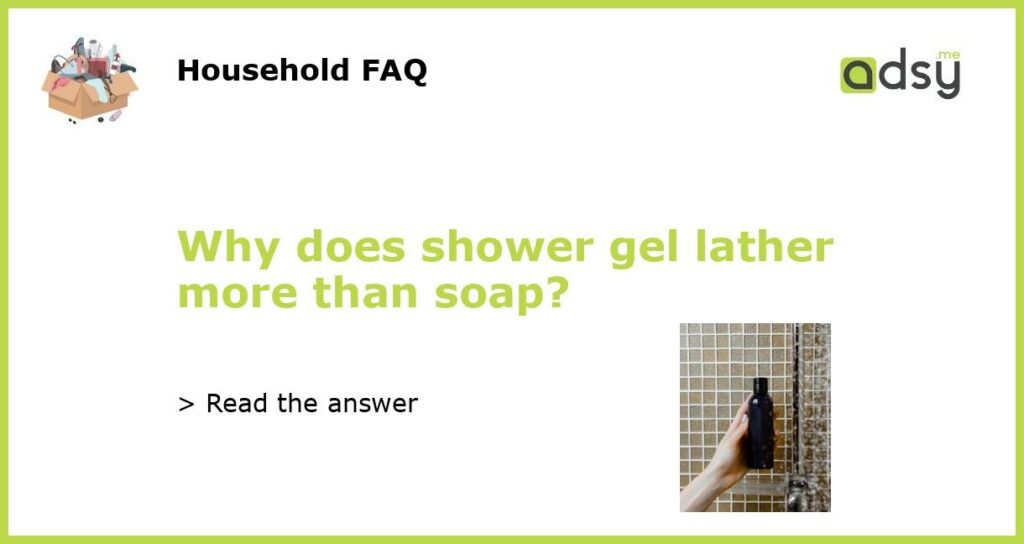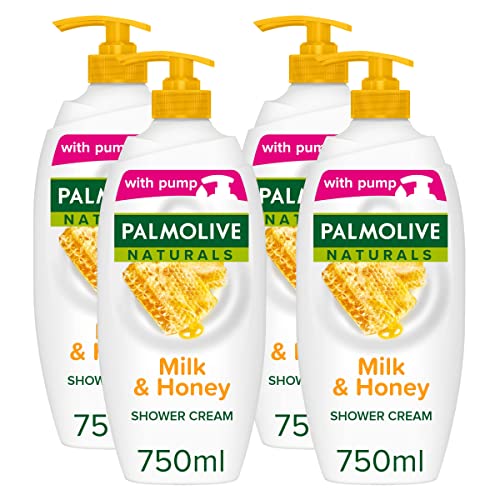The Science Behind Lathering
To understand why shower gel lathers more than soap, it’s important to delve into the science behind lathering. Lathering, or the creation of foam, is a physical process that occurs when air is mixed with a liquid, creating bubbles. These bubbles then create a lather, providing the product with a creamy texture.
Shower gels are specifically designed to create a luxurious lather that enhances the overall shower experience. They contain surfactants, which are responsible for breaking down surface tension and creating the necessary conditions for lathering to occur.
Surfactants in Shower Gels
Surfactants, short for surface-active agents, are a key ingredient in shower gels. These compounds have both hydrophilic (water-attracting) and hydrophobic (water-repelling) properties. The hydrophobic part of the surfactant molecule interacts with oils and dirt on the skin, while the hydrophilic part binds to water, allowing the surfactant to be easily rinsed off.
When surfactants are mixed with water and agitated, they reduce the surface tension of the water, allowing it to spread more easily. This reduction in surface tension is what creates the lathering effect. Shower gels typically contain higher concentrations of surfactants compared to traditional bar soaps, which contributes to their enhanced lathering ability.
Soap vs. Shower Gel Formulation
Soap and shower gel have different formulations, which also plays a role in their lathering properties. Traditional bar soaps are made through a process called saponification, which involves combining fats or oils with an alkali, such as sodium hydroxide. This process produces soap molecules, which have a polar head and a nonpolar tail.
When soap is used with water, the polar head of the soap molecule attracts water molecules, while the nonpolar tail interacts with oils and dirt. This allows the soap to lift dirt and oils from the skin. However, soap molecules have a tendency to bond with minerals found in hard water, resulting in soap scum and reducing their ability to lather.
On the other hand, shower gels are typically formulated with synthetic detergents, such as sodium laureth sulfate (SLES) or sodium lauryl sulfate (SLS). These detergents are highly effective surfactants that are less prone to forming soap scum and can lather more easily even in hard water.
Oils and Moisturizing Agents
Another reason shower gels lather more than soap is the inclusion of oils and moisturizing agents in their formulation. Shower gels often contain emollients like glycerin or oils like jojoba oil, which add moisture to the skin and prevent it from drying out.
These oils and moisturizing agents contribute to the overall richness and thickness of the shower gel, creating a luxurious lathering experience. Soap, on the other hand, typically has a simpler composition without added oils or moisturizing agents, which can result in a less creamy lather.
Personal Preference and Marketing
While the science behind lathering explains why shower gels lather more than soap, personal preference and marketing also play a role. Many people enjoy the creamy, luxurious lather of shower gel and perceive it as a more indulgent and pampering experience. This preference has led to the popularity of shower gels over traditional bar soaps in recent years.
Additionally, marketing and branding also play a role in the perception of lathering. Shower gel manufacturers often promote their products as providing a rich and luxurious lather, which influences consumer perception and drives the demand for these products.
Ultimately, the choice between shower gel and soap comes down to personal preference and individual skincare needs. It’s important to consider factors such as skin type, sensitivity, and personal preferences when selecting a cleansing product that provides both efficient cleansing and a satisfying lathering experience.






